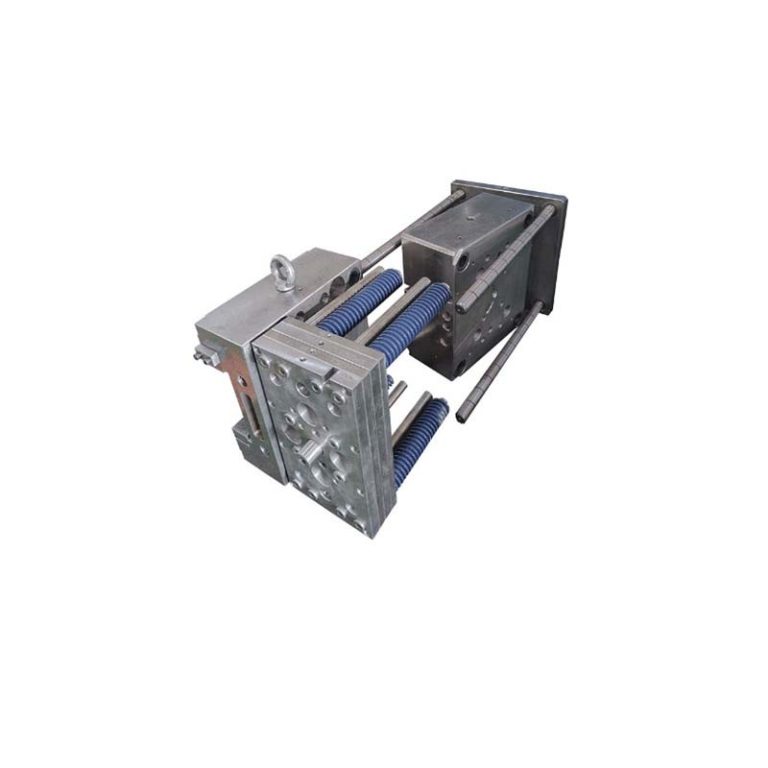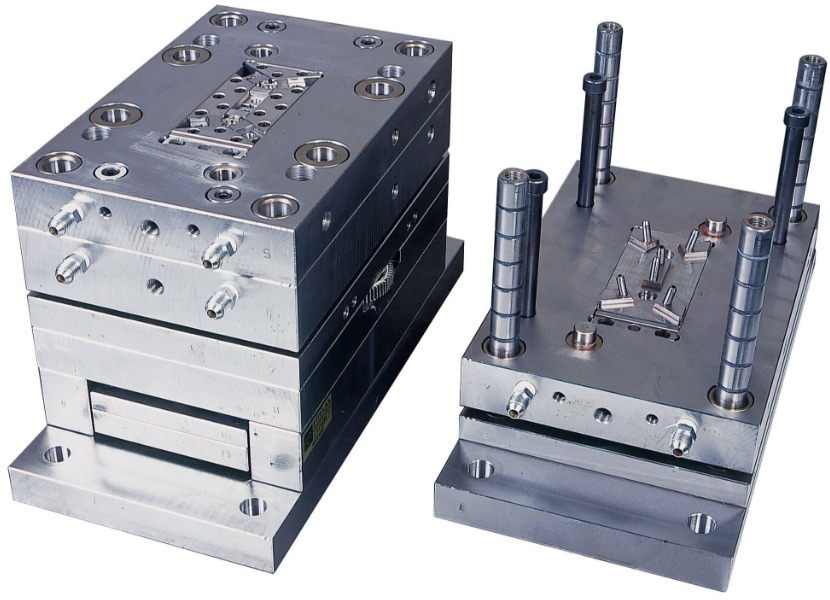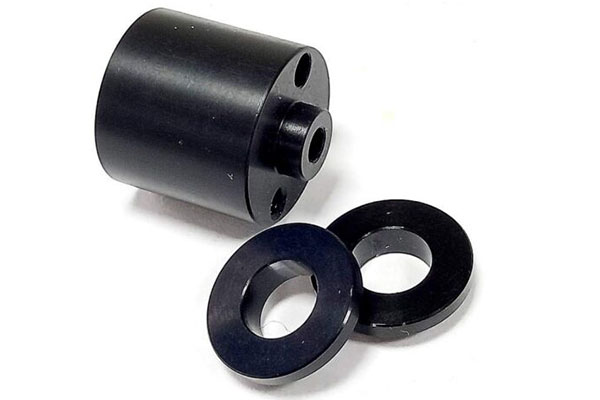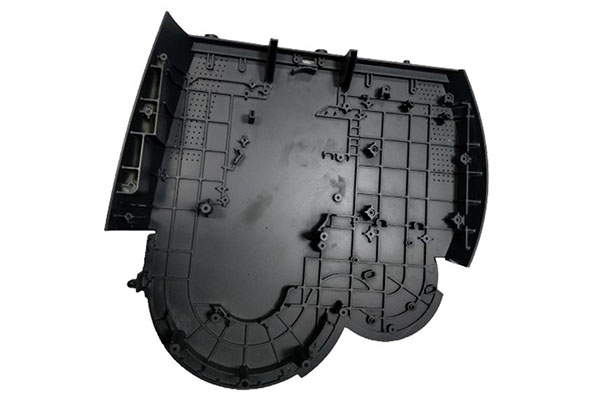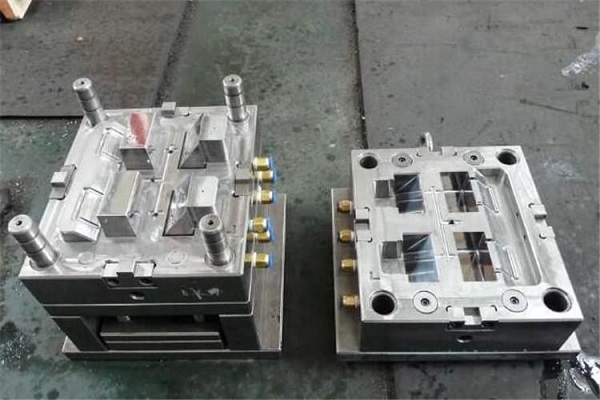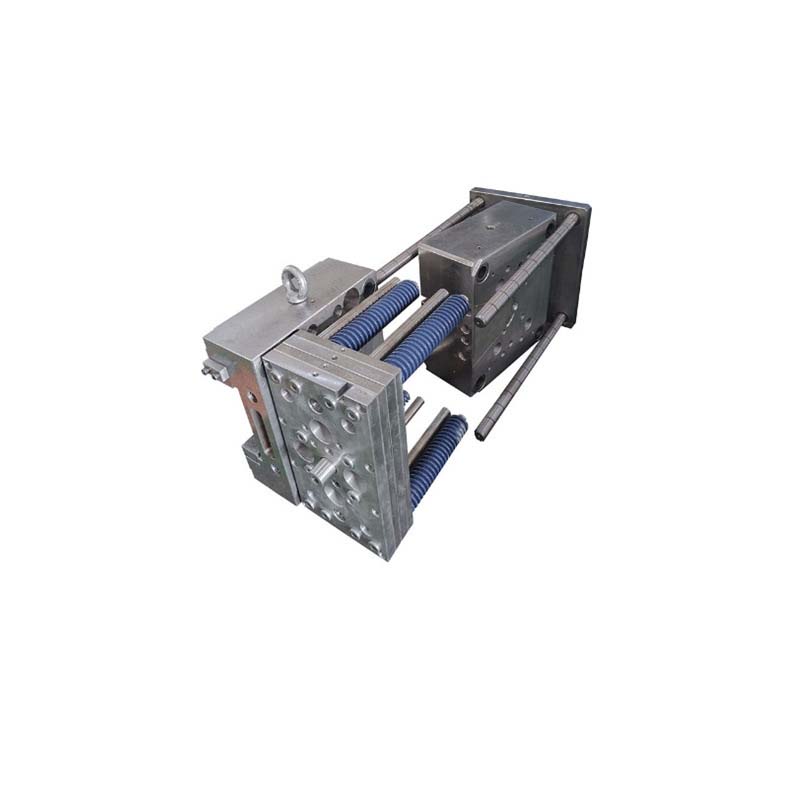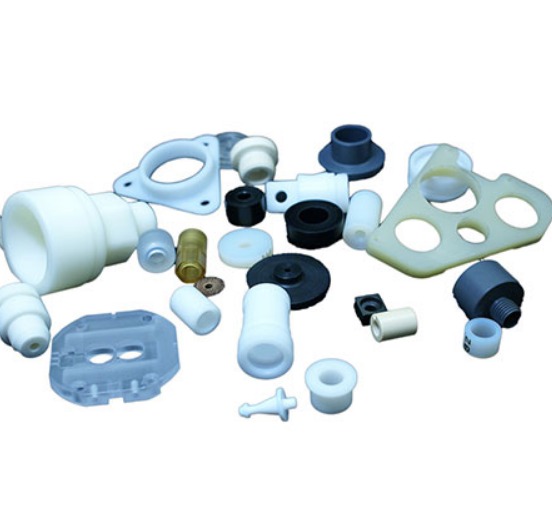Manufacturers know the frustration: a plastic mold that scratches after a few hundred cycles, a tool that corrodes from mold release agents, or a surface finish that fails to meet cosmetic standards. These issues aren’t just annoying—they derail production, increase scrap rates, and hurt your bottom line. The root cause? Choosing the wrong plastic mold steel. Unlike hot work or cold work steels, plastic mold steels must balance wear resistance, corrosion resistance, and polishability to handle the unique demands of plastic molding. In this guide, we’ll break down the types of plastic mold steels, their key properties, and how to select the right one for your application, helping you avoid costly mistakes and keep production running smoothly.
Types of Plastic Mold Steels
The world of plastic mold steels includes several specialized types, each designed for specific molding needs:
- Pre-hardened steels: The workhorses of plastic mold making, pre-hardened steels (like 718H and NAK80) come ready to use with a hardness of 30-45 HRC. They’re ideal for low-to-medium volume production, offering good machinability and eliminating the need for post-machining heat treatment. NAK80, a popular Japanese grade, even polishes to a mirror finish without additional treatment, saving time on surface finishing.
- Cold work tool steels: For high-wear applications (like molding glass-filled plastics), cold work steels such as D2 and DC53 excel. With hardness up to 60 HRC, they resist abrasion, extending mold life by 50-70% compared to pre-hardened steels. However, their lower toughness means they’re best for simple geometries without thin sections.
- Hot work tool steels: When molding high-temperature plastics (e.g., PEEK, PEI) that reach 500°F+ during processing, hot work steels like H13 and 8407 are necessary. Their thermal stability prevents warping, ensuring consistent part dimensions even under prolonged heat exposure.
- Stainless steels: For medical or food-grade applications where corrosion resistance is critical, stainless steels (like 420 and S136) are the gold standard. S136, in particular, offers exceptional resistance to mold release agents and coolants, making it a top choice for cleanroom environments. It also polishes to a high finish, suitable for transparent parts like lenses.
- Aluminum alloys: While not steel, aluminum (e.g., 7075, 6061) is used for low-volume prototyping or short-run production. It machines quickly and conducts heat efficiently, reducing cycle times by 10-15%. However, its low hardness (150-200 HB) limits life to 10,000-50,000 cycles, making it unsuitable for high-volume runs.
Properties of Plastic Mold Steels
The properties of plastic mold steels directly impact mold performance and part quality—choosing based on the right metrics is key:
- Hardness: Pre-hardened steels (30-45 HRC) balance machinability and wear resistance for general use. Cold work steels (55-60 HRC) offer maximum wear resistance for abrasive plastics, while stainless steels (30-40 HRC) prioritize corrosion resistance over extreme hardness.
- Toughness: Critical for molds with complex geometries, toughness prevents cracking during use. Pre-hardened steels and stainless steels offer better toughness than cold work steels, making them more forgiving in designs with thin walls or sharp corners.
- Corrosion resistance: Essential for molds exposed to water-based coolants or aggressive mold release agents. Stainless steels like S136 outperform other types here, with corrosion resistance 3-4x better than pre-hardened steels.
- Polishability: For cosmetic parts (e.g., smartphone casings, automotive interiors), a smooth surface finish (Ra ≤0.02 μm) is vital. NAK80 and S136 excel here, requiring less polishing time than D2 or H13.
- Machinability: Pre-hardened steels and aluminum are the easiest to machine, with cutting speeds up to 100 SFM. Cold work steels, in their annealed state, machine well but require carbide tools to avoid excessive wear. Stainless steels are more challenging due to their work-hardening tendency, needing slower speeds (50-70 SFM) and sharp tools.
Applications of Plastic Mold Steels
Matching the right steel to your application ensures optimal performance and cost-effectiveness:
- Injection molding: The most common plastic molding process, injection molding uses a range of steels. Pre-hardened steels (718H, NAK80) handle 80% of general-purpose jobs, while cold work steels (D2) tackle glass-filled nylons, and stainless steels (S136) are used for medical parts.
- Blow molding: For large parts like bottles or containers, pre-hardened steels (718H) are preferred for their toughness and machinability. Their moderate wear resistance suffices for low-abrasion plastics like PET.
- Compression molding: Used for thermoset plastics (e.g., epoxy, phenolic), this process benefits from hot work steels (H13) due to the high temperatures involved (300-400°F). H13 resists thermal fatigue, ensuring long life in repeated heating cycles.
- Transfer molding: Similar to compression molding but with higher pressure, transfer molding often uses cold work steels (DC53) for their ability to withstand wear from filled thermosets.
- Automotive parts: From interior trim to underhood components, automotive molds require durability. Pre-hardened steels work for non-abrasive parts, while cold work steels are used for glass-filled polypropylene (PP) components like intake manifolds.
- Consumer electronics: For sleek, high-finish parts (smartphone cases, laptop shells), NAK80 and S136 are ideal. Their ability to achieve mirror finishes reduces post-processing, ensuring parts meet strict aesthetic standards.
Machining and Fabrication of Plastic Mold Steels
Proper machining and fabrication unlock the full potential of plastic mold steels—mistakes here can ruin even the best material choice:
- Precision machining: Pre-hardened steels and aluminum machine easily with HSS or carbide tools. For stainless steels and cold work steels, carbide tools with a positive rake angle reduce cutting forces and prevent work hardening. Feeds and speeds should be optimized: 70-100 SFM for pre-hardened steels, 50-70 SFM for stainless, and 40-60 SFM for cold work steels.
- CNC milling: 3-axis and 5-axis CNC milling are standard for creating complex mold cavities. Pre-hardened steels maintain tight tolerances (±0.0001 inches) during milling, while stainless steels may require additional passes to compensate for tool deflection.
- EDM (Electrical Discharge Machining): Essential for intricate details or hard steels (like D2), EDM creates precise shapes without mechanical stress. For stainless steels, using deionized water as a dielectric improves surface finish and reduces corrosion risk.
- Grinding: Final grinding ensures flatness and dimensional accuracy. Resin-bonded wheels work best for pre-hardened and stainless steels, while diamond wheels are needed for cold work steels to avoid wheel wear.
- Heat treatment: Cold work steels require hardening and tempering after machining to achieve full hardness. For D2, heating to 1800°F, quenching in oil, and tempering at 400°F results in 58-60 HRC. Pre-hardened steels skip this step, saving time but limiting hardness.
- Surface finishing: Polishing is critical for cosmetic molds. Starting with 400-grit sandpaper and progressing to 1200-grit, then buffing with diamond compound, achieves Ra 0.01-0.02 μm finishes on NAK80 and S136. Cold work steels may require more effort due to their carbide content.
Maintenance and Repair of Plastic Mold Steels
Extending mold life through proper maintenance and repair saves money and reduces downtime:
- Mold cleaning: Regular cleaning removes plastic residue and mold release agents, which can cause staining or corrosion. For stainless steels, use mild, non-chlorinated cleaners to avoid pitting. Pre-hardened steels benefit from periodic rust prevention treatments, especially during storage.
- Surface treatment: For worn molds, re-polishing can restore surface finish. Cold work steels may require re-grinding to remove scratches, while stainless steels can be passivated after polishing to enhance corrosion resistance.
- Repair welding: Small cracks or worn edges can be repaired with matching filler materials. Pre-hardened steels weld well with low-heat processes (e.g., TIG welding), while stainless steels require matching stainless filler to maintain corrosion resistance. Post-weld heat treatment is necessary for cold work steels to restore hardness.
- Inspection: Regular checks (visual and ultrasonic) catch issues early. Look for signs of wear (scratches, uneven parting lines) or corrosion, especially in cooling channels where moisture can accumulate.
- Quality control: After repairs, verify dimensions and surface finish to ensure parts meet specifications. For critical molds, 3D scanning can confirm that repaired areas match the original design.
Yigu Technology’s Perspective
As a leading custom manufacturing supplier in China, Yigu Technology knows that choosing the right plastic mold steel is make-or-break for production efficiency. We recommend pre-hardened steels like 718H for most general applications—they offer the best balance of cost, machinability, and performance. For clients molding abrasive or high-temperature plastics, we specify cold work or hot work steels, often increasing mold life by 50%+ compared to their previous materials. Our in-house machining team specializes in stainless steels like S136, delivering the mirror finishes required for medical and electronics parts. By matching the steel to the application, we help clients reduce scrap rates and extend mold life, ultimately lowering their total production costs.
FAQs
- What’s the best plastic mold steel for high-volume production?
For high-volume runs with non-abrasive plastics, pre-hardened steels like 718H are ideal—they offer good wear resistance and toughness at a reasonable cost. For abrasive plastics (glass-filled), cold work steels like D2 last longer despite higher upfront costs.
- When should I use stainless steel for plastic molds?
Stainless steel (e.g., S136) is necessary for medical, food, or cosmetic applications where corrosion resistance or strict cleanliness is required. It’s also a good choice for molds using aggressive mold release agents that would degrade other steels.
- Can aluminum molds be used for plastic injection molding?
Aluminum is suitable for low-volume production (10,000-50,000 cycles) or prototyping. It machines quickly and cools fast, reducing cycle times, but its low hardness makes it unsuitable for high-volume or abrasive plastics.
